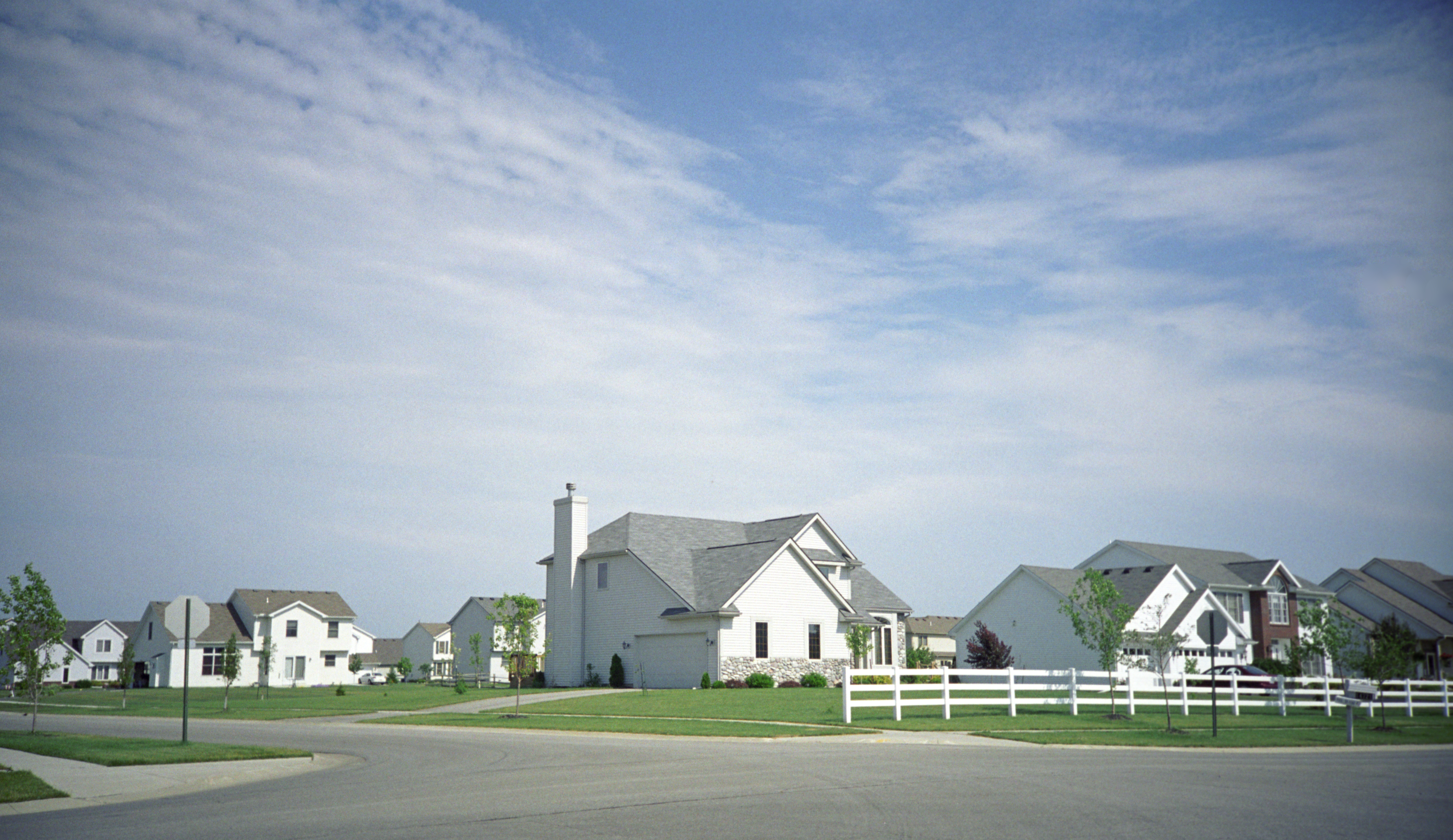
Discover the leading factors affecting your main water line replacement cost in Columbus, including length, material selection, and installation details.
When your shower’s acting up, your cartridge might be calling it quits
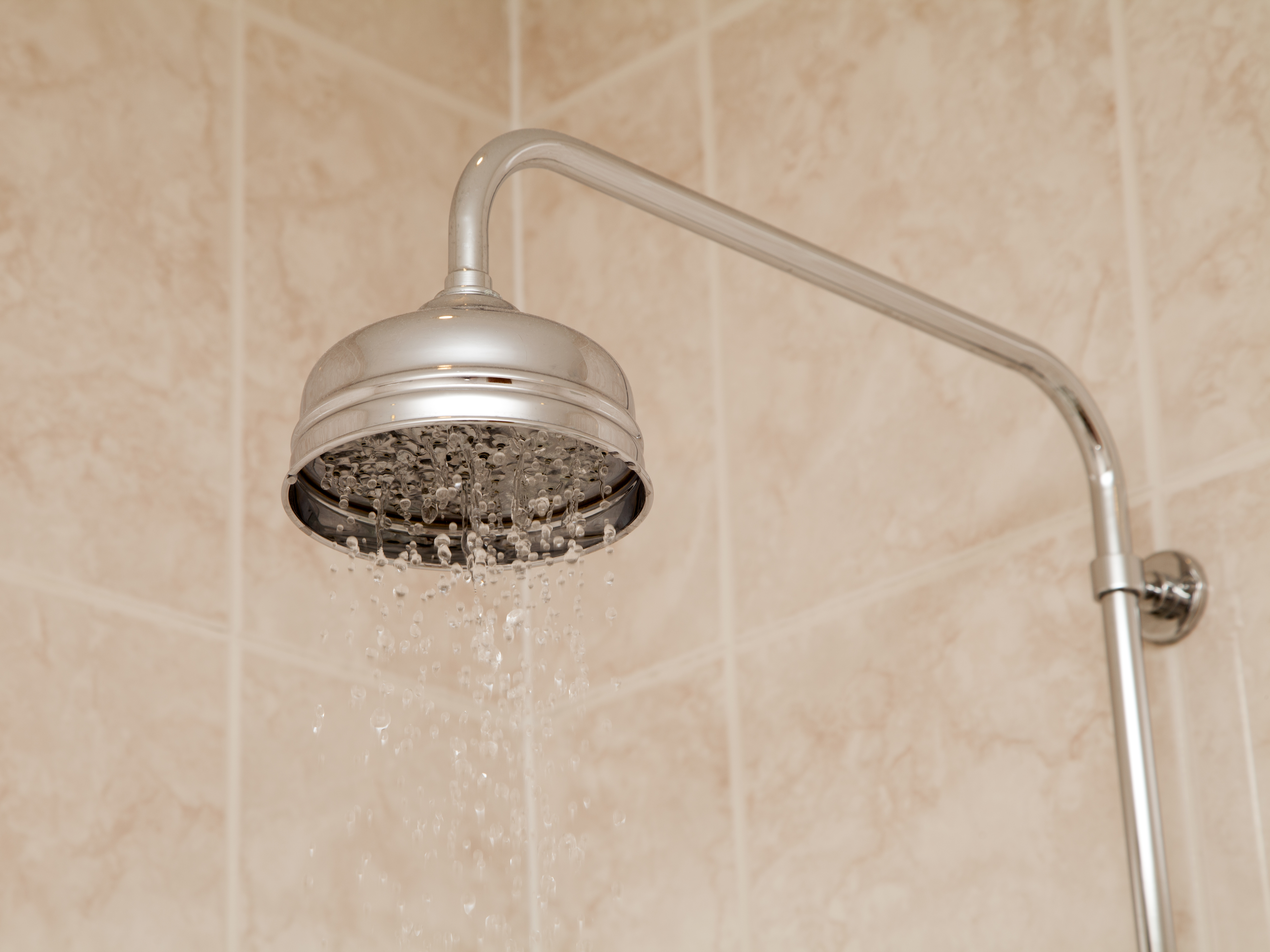

A bad shower cartridge may cause dripping, stiff handle movement, and temperature fluctuations.
Replacement cartridges cost between $150 to $350.
An unfixed shower cartridge can lead to costly water damage inside the wall.
Related plumbing and wall repair costs can add up to $250 to $600.
If your shower drips or the handle is difficult to turn, you may be looking at potential signs of a faulty shower cartridge. This key component regulates water temperature and flow to the showerhead. When it begins to deteriorate, hidden leaks, excessive water use, and more significant problems can arise if the cartridge isn’t repaired or replaced.
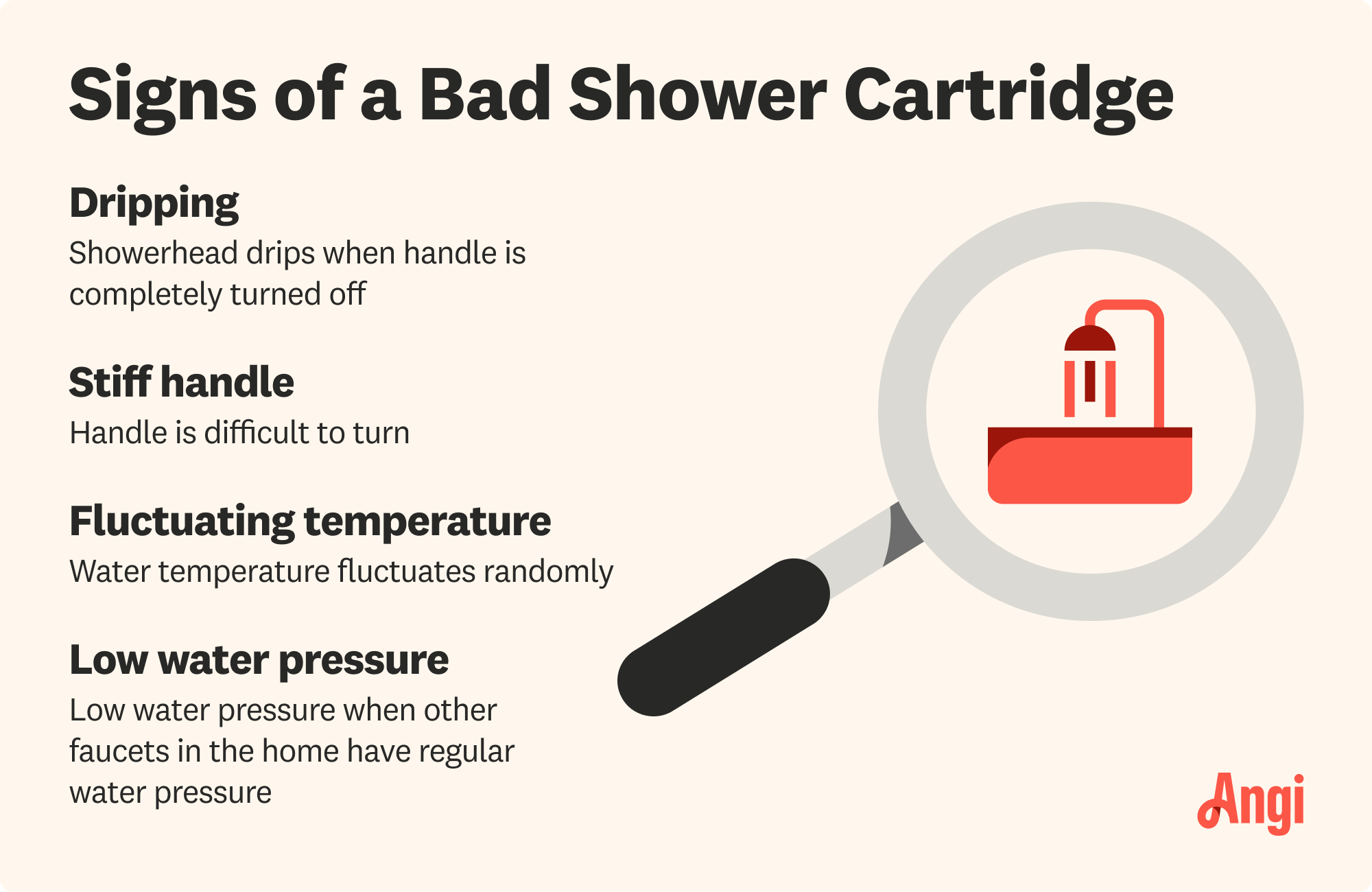
The shower cartridge, located directly behind the handle in the shower wall, controls the water pressure and temperature of the showerhead. The signs of a faulty or bad shower cartridge start small and increase over time.
The annoying drip of a showerhead long after the shower has been used is a common sign of a bad shower cartridge. The shower cartridge controls the water flow, but if the cartridge components have become brittle, clogged, or worn, the cartridge may not be able to stop the water flow completely.
A bad cartridge can cause the shower handle to become increasingly stiff and difficult to turn. At some point, it may become stuck, leaving you without a way to turn the shower on or off.
The cartridge regulates and balances the flow of cold and hot water to the showerhead. Unexpected fluctuations in the water temperature can indicate that the shower cartridge is slowly fading.
If the water pressure is noticeably lower in the shower than in the other faucets in the house, the shower cartridge could be the problem. Clogs from mineral deposits or build-up in the cartridge are a common cause of fluctuations in water pressure.
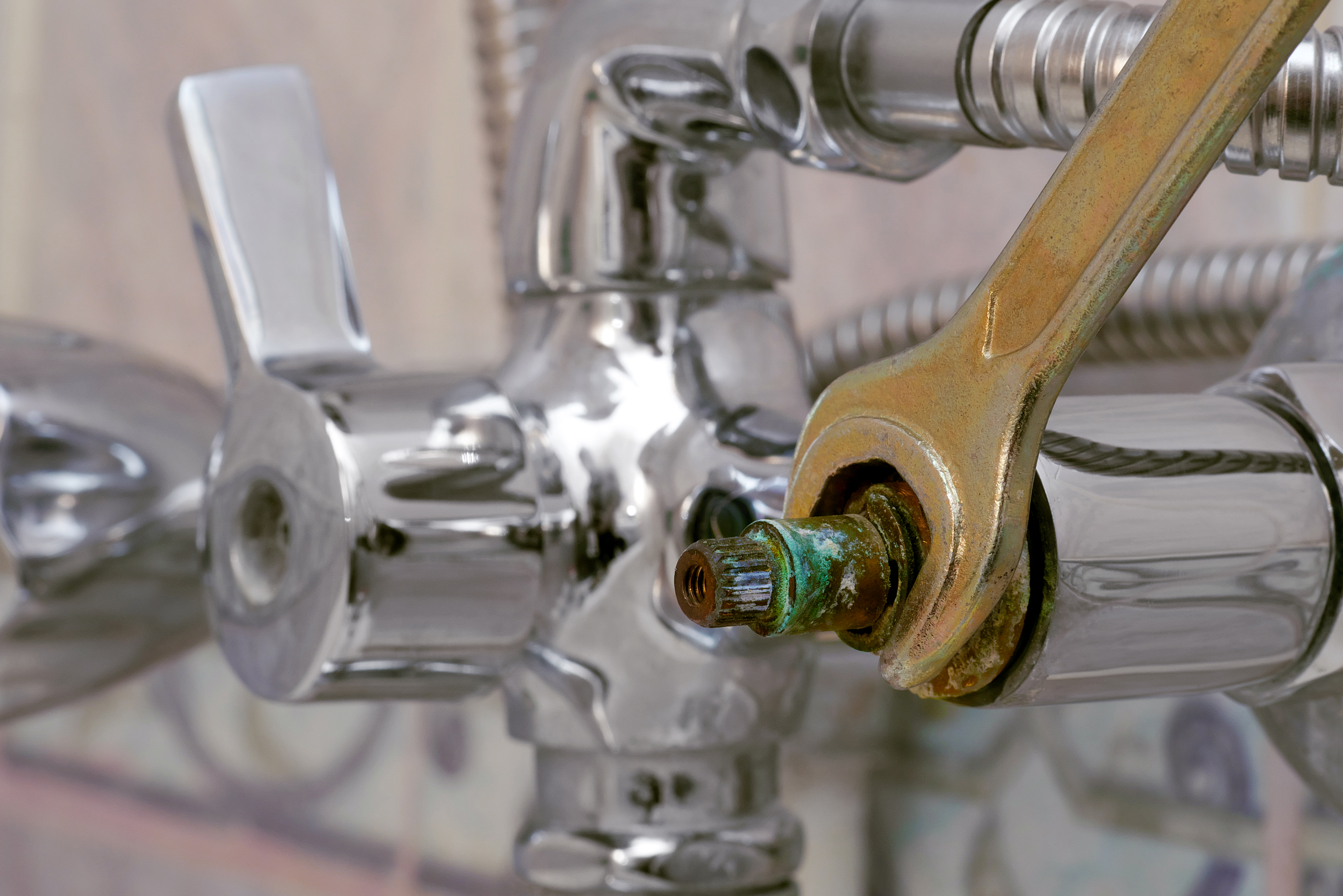
A shower cartridge is small, but if it’s repaired or installed incorrectly, it can lead to leaks inside the wall. Water damage to the wall and floor around and under the shower can lead to the growth of hazardous mold or mildew, as well as costly damage.
Most people will be better off hiring a local plumber to assess the damage, make recommendations, and perform repairs. A plumber can identify the type of shower cartridge and determine whether it requires repairs or a total replacement. For example, a cracked O-ring might solve the problem rather than a complete replacement. Hiring a plumber also ensures the replacement is done correctly and without damaging the surrounding components or the shower handle.
If you have some plumbing experience, you may have the skills to replace a shower cartridge yourself. This project requires removing the shower handle and shower cartridge for inspection. You may need to enlarge the hole in the wall to access and remove the shower cartridge, so you’ll also require some basic repair skills to fix the wall.
So, even if you have some experience, if the dripping or the handle has been stiff for a while, you should consult a pro to look for leaks inside the wall or signs of mold or mildew growth.
Shower cartridges eventually wear out and will wear out faster in heavily used showers. However, you can prolong the life of the cartridge by:
Regularly removing mineral buildup from the showerhead and shower cartridge
Installing a water softener if you have hard water
Be aware of the water pressure so you’ll notice if there’s a change
Regularly checking for cracked or failing seals and O-rings
The cost to replace a shower cartridge varies by the valve type, access to the valve, and any surrounding damage. Plumbers typically charge $45 to $200 per hour, plus the cost of the replacement shower cartridge, which runs between $150 to $350. Doing the job yourself will save around $100 to $300 on labor costs. A qualified plumber may cost more to replace a shower cartridge, but it also ensures you won’t have to pay for costly repairs resulting from an incorrectly installed or improperly repaired shower cartridge.
However, you may encounter additional plumbing-related costs associated with the shower cartridge. You may need to replace the shower handle or showerhead or remove a clog. Plumbing repairs can easily add $350 to the cost of replacing the shower cartridge.
Shower cartridges are located directly behind the shower handle. Sometimes, the access hole isn’t large enough to remove the cartridge. You may need to make the hole larger to access the plumbing, which can add wall repairs that, on average, cost $250.
From average costs to expert advice, get all the answers you need to get your job done.

Discover the leading factors affecting your main water line replacement cost in Columbus, including length, material selection, and installation details.
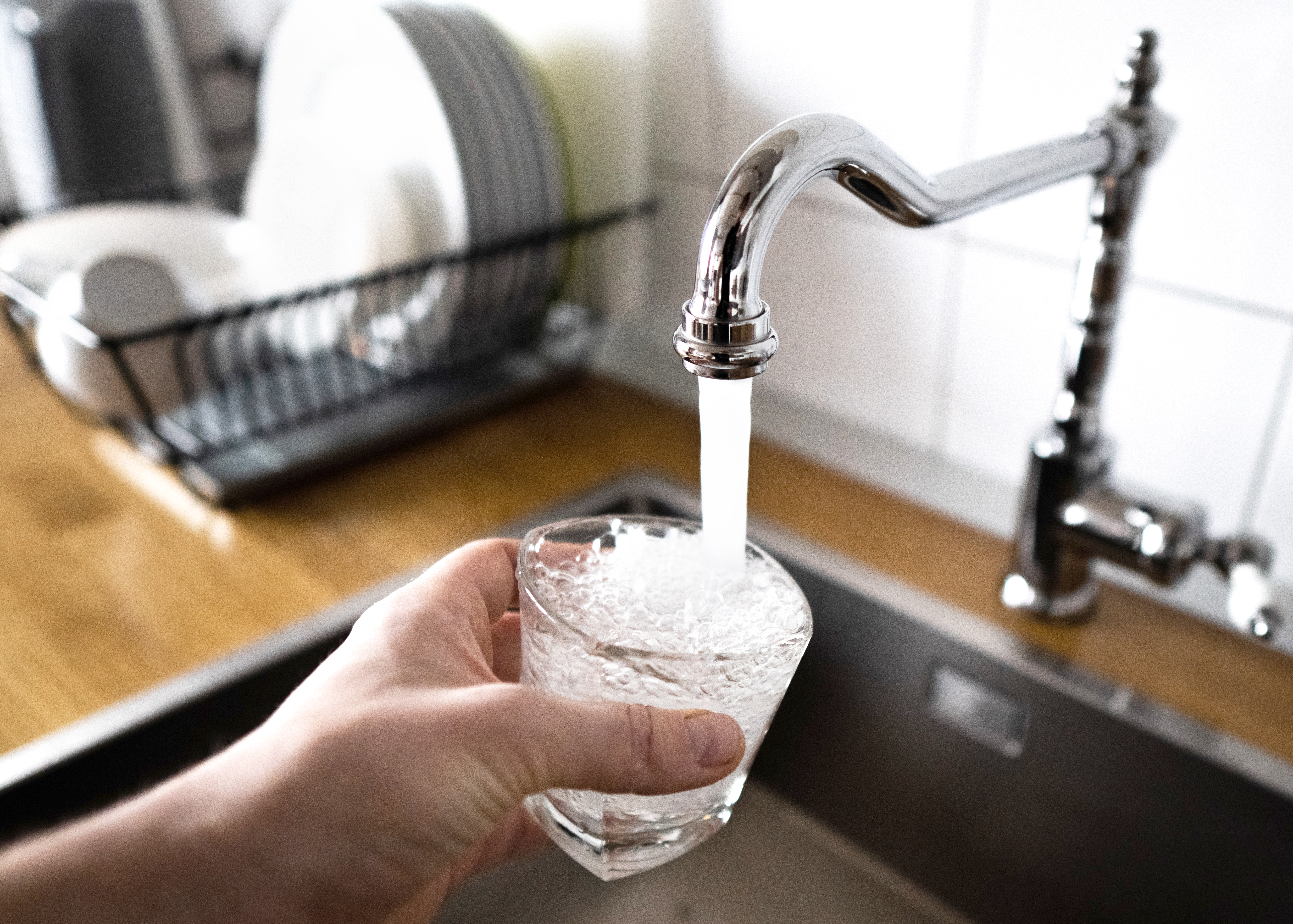
Learn about main water line repair costs in Columbus and what affects pricing to be prepared before you start getting estimates.

Learn how much plumbers cost in Columbus, Ohio. Discover pricing for faucet repairs, pipe work, and emergency services, plus how you can save money.

Installing a new kitchen sink involves removing the old sink and putting in the new one. Follow these steps to learn how to install a kitchen sink like a pro.

Need to stop a plumbing leak quickly and minimize water damage in your home? Buy yourself some time with these temporary fixes for a leaking pipe.

Dealing with slow-draining sinks or a full toilet clog? Use this DIY guide on how to clear clogged drains to get your drain working again in no time at all.